Convenience retailers are some of the hardest workers in the UK, but putting in the hours doesn’t always guarantee results. These days it’s all about working smarter, not harder. And how do you do that? With technology. Whether it’s money-saving smart meters or time-saving epos, sales-boosting social media solutions or clever chillers, technology has the potential to transform your business.
Here Convenience Store looks at the technologies available to the sector and speaks to the retailers who use them. It’s time to take your business to another level.
Efficiency
Want technology that saves you time and allows you to concentrate on the areas that really matter to you? These systems could hold the answer. By becoming more efficient, retailers can spend less time on repetitive tasks and more time on strategy. And the same smart thinking applies to your staff, whose time is better spent offering good customer service and innovative merchandising solutions, than changing price

Epos
Arguably the biggest technological advancement in convenience retail in recent years, electronic point of sale (epos) means that rather than estimating or manually counting how many of each product you are selling, everything is linked to a computer system that automatically records what you are selling, when you are selling it, and what margin you are making.
Epos provider PCMS notes that the gap between retailers who are embracing epos and those that aren’t is growing. “The market will segment further - those who would operate out of a shoe box and stock what they want to stock, and those who are good retailers,” says group sales and marketing director Richard Goodall.
The firm’s Vision BeanStore for Convenience enables retailers to design their own promotions. Best and worst seller reports help retailers identify what’s making and losing them money, and they can examine sales at product or department level.
1879
The first cash register was invented by James Ritty, the owner of a saloon in Dayton, Ohio, USA. It was originally named the Incorruptible Cashier and was designed to stop employees from pilfering
1928
Otto Frederick Rohwedder invented the first bread slicing machine, with the first commercial slices produced on July 7 that year
1966
The first credit card is issued by Barclays in the UK
1974
The first microprocessor-controlled cash machine was built for McDonald’s Restaurants
Sid Ali, who owns Mintlaw and Maud Nisa stores in Scotland, is embracing his new epos system. “Our new Epositive system enables you to look at weekly figures. You can search by commodity group or supplier, and I can see the rrp and margin of each product,” he says.
Epositive also makes life easier for checkout operators. “Deals go green on the till when activated. If it comes up red it means it’s part of a multibuy. We’re about to get pop-ups that tell staff what the offer is, so that they can pass on the message to customers.”
Dan Cock, Whitstone Village Stores, Devon, believes epos is an essential for today’s retailers. “The days of working 4am til 11pm are gone - it’s about working smarter, not harder,” he says. “Any retailer who hasn’t got epos is missing out.”
Electronic Shelf-edge Labelling

Another technology that can dramatically improve operations is electronic shelf-edge labelling (ESL), where LCD or e-paper (think Kindle) price displays are linked to the store’s epos system via radio, infrared or visible light, and are updated whenever a price changes.
The most obvious advantage to this technology is that retailers won’t have to waste time changing their pricing manually. In fact, manufacturer Pricer claims that changing prices with ESL is 500 times faster than with paper labels. “Doing the labels manually is hours and hours of work,” agrees Derbyshire retailer Dee Sedani, who recently introduced Pricer ESL at his Etwall store. “Now I can just press one button to change the prices across a category.”
Rav Garcha, who has the system at his Nisa store in Shrewsbury, has been pleased with the results so far. “My ESL saves me 20 hours a week changing labels, and I think lots of stores would benefit from more accurate promotional cycles and running better promotions.”
However, ESL is more than just a time-saving device. “Along the bottom of Rav’s labels is free text capability so retailers can try out different messages - for example, ‘buy fresh here’,” explains Raj Sangha, business development manager at Herbert Retail, which installed the system. “Rav tried this and results show a 300% increase in like-for-like sales on fresh so far.”
In addition, ESL allows retailers to react quickly to changes in external factors. “In the hot weather I added 5p to the price of soft drinks, chilled wine and beer and none of my customers noticed,” says Dee. “I sold 400 bottles of soft drinks alone in just one day, which is an extra £20 of profit.”
However, this wizardry doesn’t come cheap. To fit a 2,000sq ft store with 1,500 SKUs you would be looking at £20,000 for a dot matrix system, according to Herbert Retail. There is a cheaper segmented version available, which comes in at £8,000, but this does not have the full text functionality of the former system, meaning that you can change prices, but don’t have as much flexibility with marketing messages or imagery.
While some retailers have deemed the technology too expensive, Dee has found a way to make it more affordable. “The whole shop would cost thousands. I’ve looked at impulse categories where the pricing changes frequently and focused on these. We’re also planning to use QR codes further down the line. My system will pay for itself in three years’ time.”
Contactless Payment

One time-saving technology that doesn’t cost the earth is contactless payment. A high number of credit and debit cards are fitted with chips, which mean that the card can submit data to your payment system via radio-frequency identification. For transactions under £20, users can just swipe their card across the payment system and no Chip and PIN is required - dramatically speeding up transaction times and cutting down queuing times.
“The average value is £5.60 on a contactless payment card - it’s ideal for high volume, low average transaction value environments,” says Geoffrey Barraclough, head of corporate propositions at payment processing firm WorldPay. “Most c-stores have Chip and PIN machines so you can just contact suppliers to change to contactless.”
He claims that every c-store will have a contactless payment system within the next four years.
Contactless payment is working a treat at Sunder Sandher’s Londis stores in Headington, Oxfordshire, and Leamington, Warwickshire. “It has been well-received, especially at Oxford where we have a lot of students. It means shorter queues and more time for staff to do other things - it’s just touch and go.”
See how technology is driving the supply chain
See how technology is driving customer engagement
See how technology is driving energy-saving





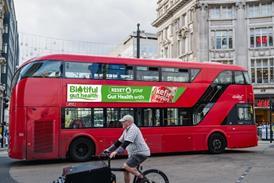










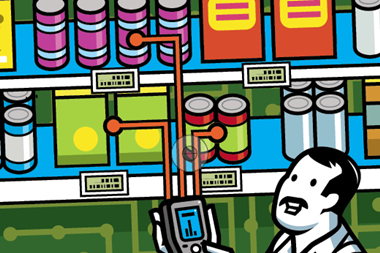
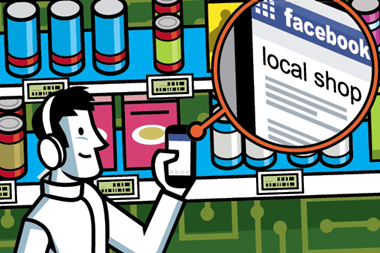
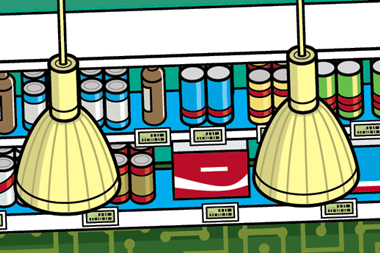

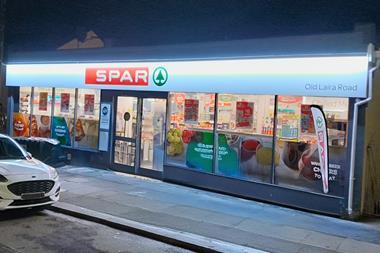

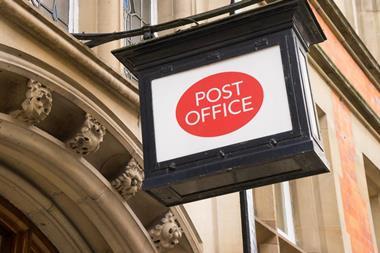
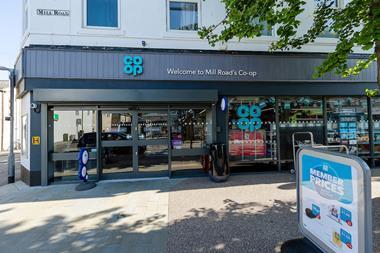
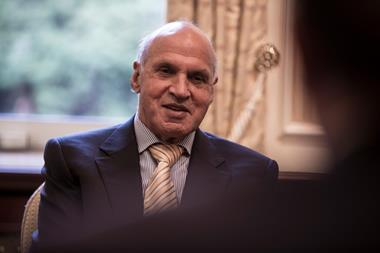
No comments yet